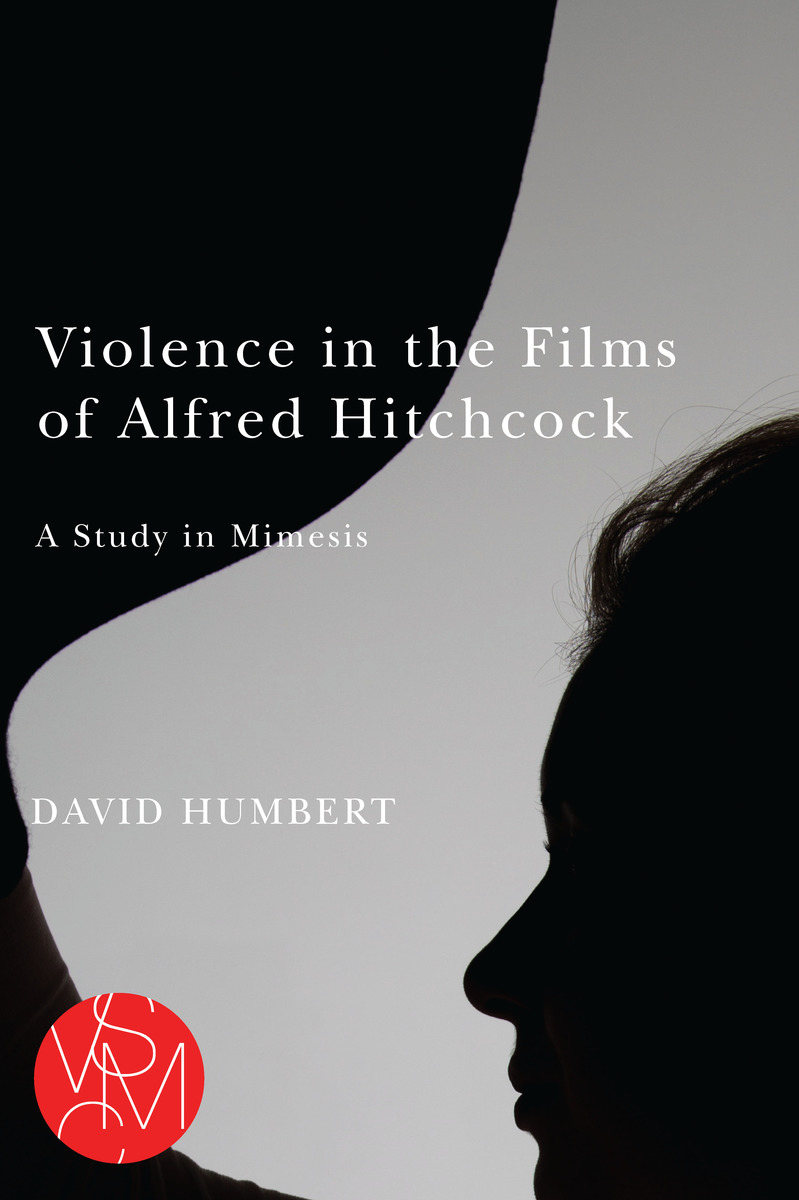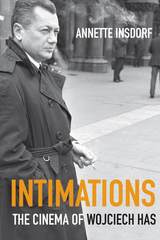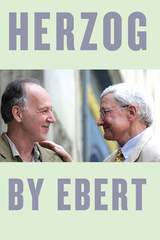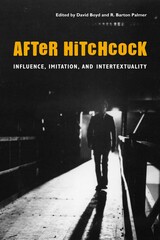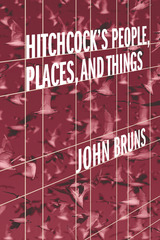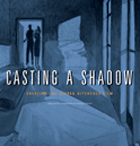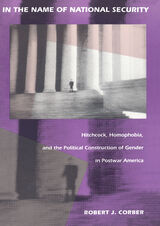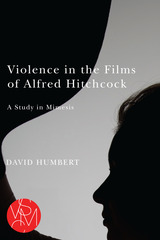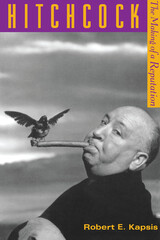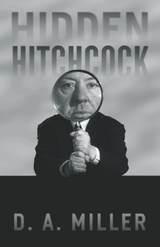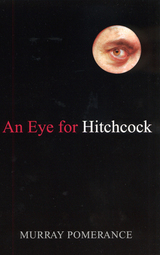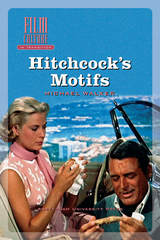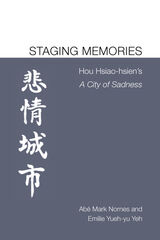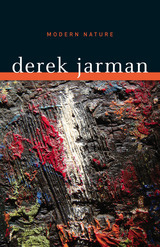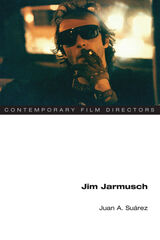Violence in the Films of Alfred Hitchcock: A Study in Mimesis
Michigan State University Press, 2017
eISBN: 978-1-62895-291-9 | Paper: 978-1-61186-239-3
Library of Congress Classification PN1998.3.H58H86 2017
Dewey Decimal Classification 791.430233092
eISBN: 978-1-62895-291-9 | Paper: 978-1-61186-239-3
Library of Congress Classification PN1998.3.H58H86 2017
Dewey Decimal Classification 791.430233092
ABOUT THIS BOOK | AUTHOR BIOGRAPHY | REVIEWS | TOC | REQUEST ACCESSIBLE FILE
ABOUT THIS BOOK
Parting ways with the Freudian and Lacanian readings that have dominated recent scholarly understanding of Hitchcock, David Humbert examines the roots of violence in the director’s narratives and finds them not in human sexuality but in mimesis. Through an analysis of seven key films, he argues that Girard’s model of mimetic desire—desire oriented by imitation of and competition with others—best explains a variety of well-recognized themes, including the MacGuffin, the double, the innocent victim, the wrong man, the transfer of guilt, and the scapegoat. This study will appeal not only to Hitchcock fans and film scholars but also to those interested in Freud and Girard and their competing theories of desire.
See other books on: 1899-1980 | Films | Hitchcock, Alfred | Psychoanalysis | Psychotherapy
See other titles from Michigan State University Press
